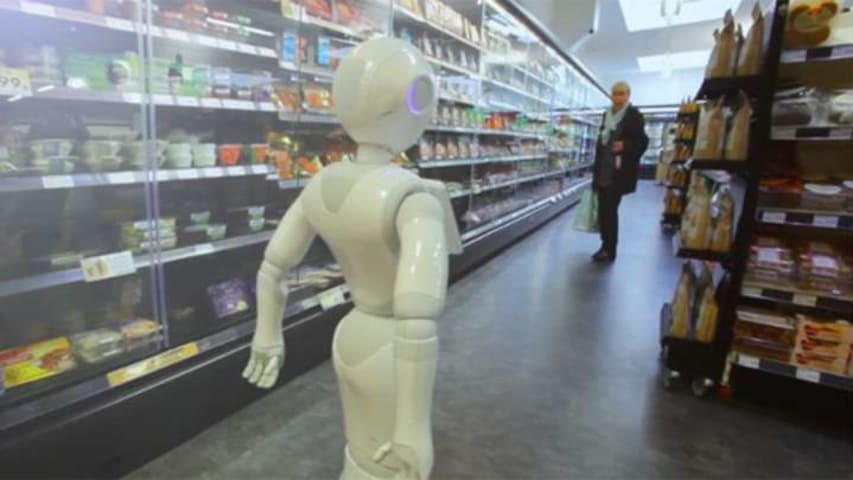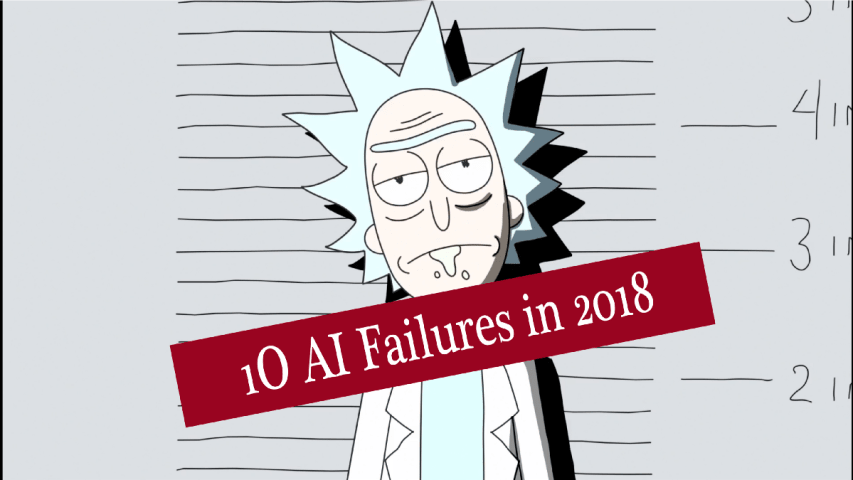Incident 64: Le robot du service client effraie les clients
Entités
Voir toutes les entitésClassifications de taxonomie CSETv0
Détails de la taxonomieProblem Nature
Specification, Assurance
Physical System
Vehicle/mobile robot, Software only
Level of Autonomy
Medium
Nature of End User
Expert
Public Sector Deployment
No
Data Inputs
Customer requests
Classifications de taxonomie CSETv1
Détails de la taxonomieIncident Number
64
Special Interest Intangible Harm
no
Date of Incident Year
2018
Estimated Date
Yes
Multiple AI Interaction
no
Embedded
yes
Risk Subdomain
7.3. Lack of capability or robustness
Risk Domain
- AI system safety, failures, and limitations
Entity
AI
Timing
Post-deployment
Intent
Unintentional
Rapports d'incidents
Chronologie du rapport

Tous les quelques mois, il y a une histoire qui nous avertit que les robots prendront le contrôle de nos emplois d'ici cinq, 10 ou 20 ans. Vous n'obtenez pas beaucoup d'histoires sur des robots prenant en charge des emplois ici et maintenan…
Variantes
Incidents similaires
Did our AI mess up? Flag the unrelated incidents
Incidents similaires
Did our AI mess up? Flag the unrelated incidents



